Sweet potatoes are tasty and healthy. They are a popular food around the world. Growing sweet potatoes is not hard. With the right tips, anyone can do it. In this article, we will learn about how to grow sweet potatoes.
What are Sweet Potatoes?
Sweet potatoes are root vegetables. They are not the same as regular potatoes. They come in many colors, like orange, purple, and white. They are rich in vitamins. They are also a good source of fiber. Many people enjoy them baked, boiled, or fried.
Why Grow Sweet Potatoes?
- They are nutritious and tasty.
- They can grow in many types of soil.
- They have a long storage life.
- They are easy to grow in home gardens.
Choosing the Right Variety
There are many types of sweet potatoes. Some are sweet, while others are drier. Choose a variety that suits your taste. Some popular types include:
- Beauregard: Orange flesh, sweet flavor.
- Japanese: Purple skin, creamy texture.
- Covington: Pink skin, sweet and moist.
Preparing the Soil
Sweet potatoes like warm soil. They grow best in loose, well-drained soil. Here are steps to prepare the soil:
- Choose a sunny spot. Sweet potatoes love sunlight.
- Clear the area of weeds and rocks.
- Dig the soil about 12 inches deep.
- Add compost to make the soil richer.
Planting Sweet Potatoes
Plant sweet potatoes in spring. This is when the soil is warm. Follow these steps to plant:
- Get sweet potato slips. These are small plants from the sweet potato.
- Space the slips about 12 inches apart.
- Plant them about 4 inches deep.
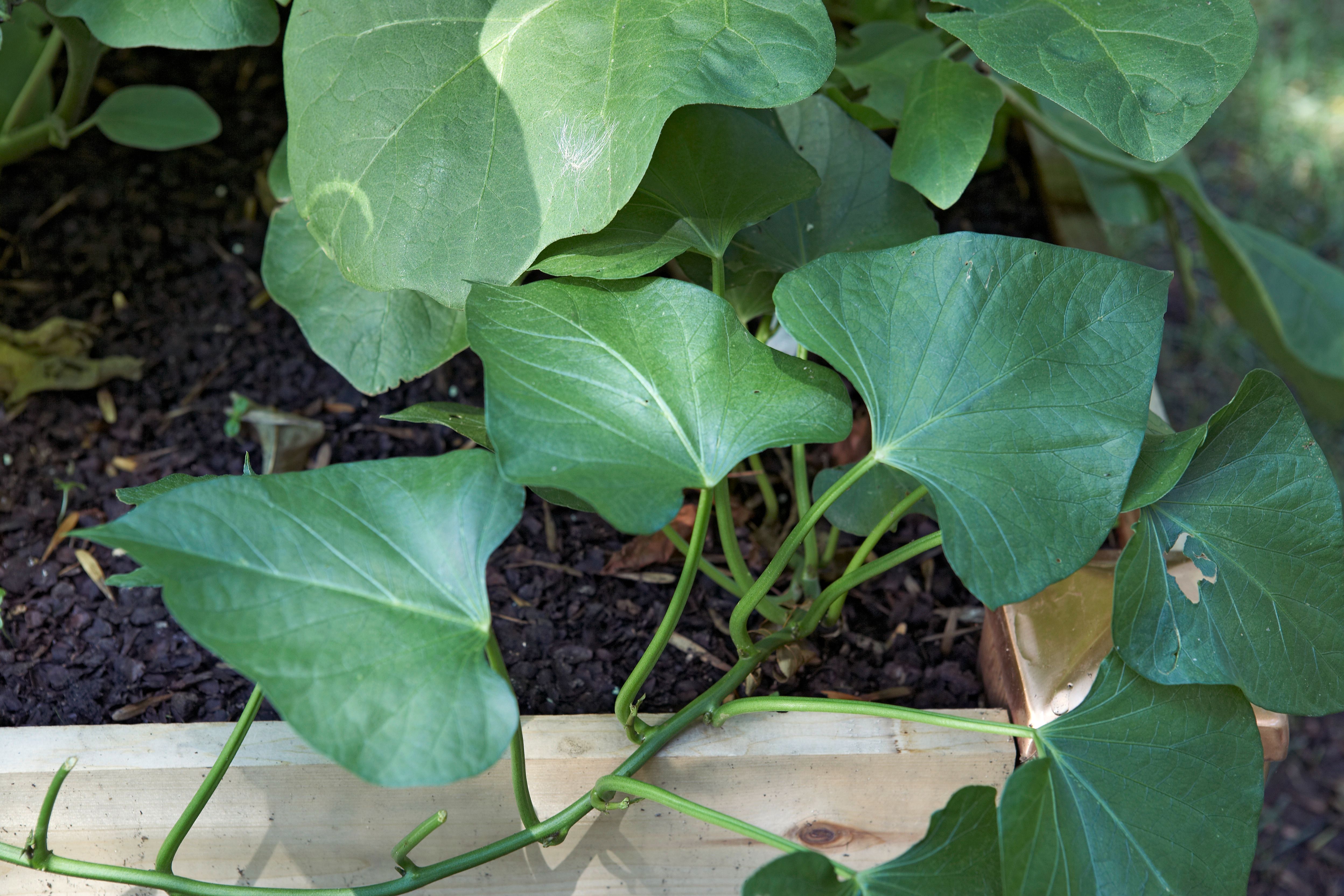
Credit: www.bhg.com
Watering and Care
Sweet potatoes need water. But too much water can cause problems. Here are tips for watering:
- Water the plants once a week.
- Make sure the soil is moist, not soggy.
- Mulch around plants to keep moisture.
Pest and Disease Control
Pests can harm sweet potatoes. Common pests include:
- Wireworms: These are small and can damage roots.
- Flea beetles: They make tiny holes in leaves.
To control pests, use natural methods. Here are some ideas:
- Plant marigolds nearby. They can repel pests.
- Remove weeds that attract pests.
Harvesting Sweet Potatoes
Sweet potatoes are ready to harvest in about 90 to 120 days. You will know they are ready when:
- The leaves start to yellow.
- The roots are large and firm.
To harvest, gently dig around the plant. Use a spade or fork. Be careful not to damage the roots.
Storing Sweet Potatoes
After harvesting, store sweet potatoes properly. Here are steps to store them:
- Let them dry for a few hours.
- Keep them in a cool, dark place.
- Do not refrigerate them.
Enjoying Sweet Potatoes
Sweet potatoes are versatile. You can cook them in many ways:
- Bake them for a sweet treat.
- Boil and mash for a side dish.
- Fry them for crispy snacks.
They can also be added to soups and salads.
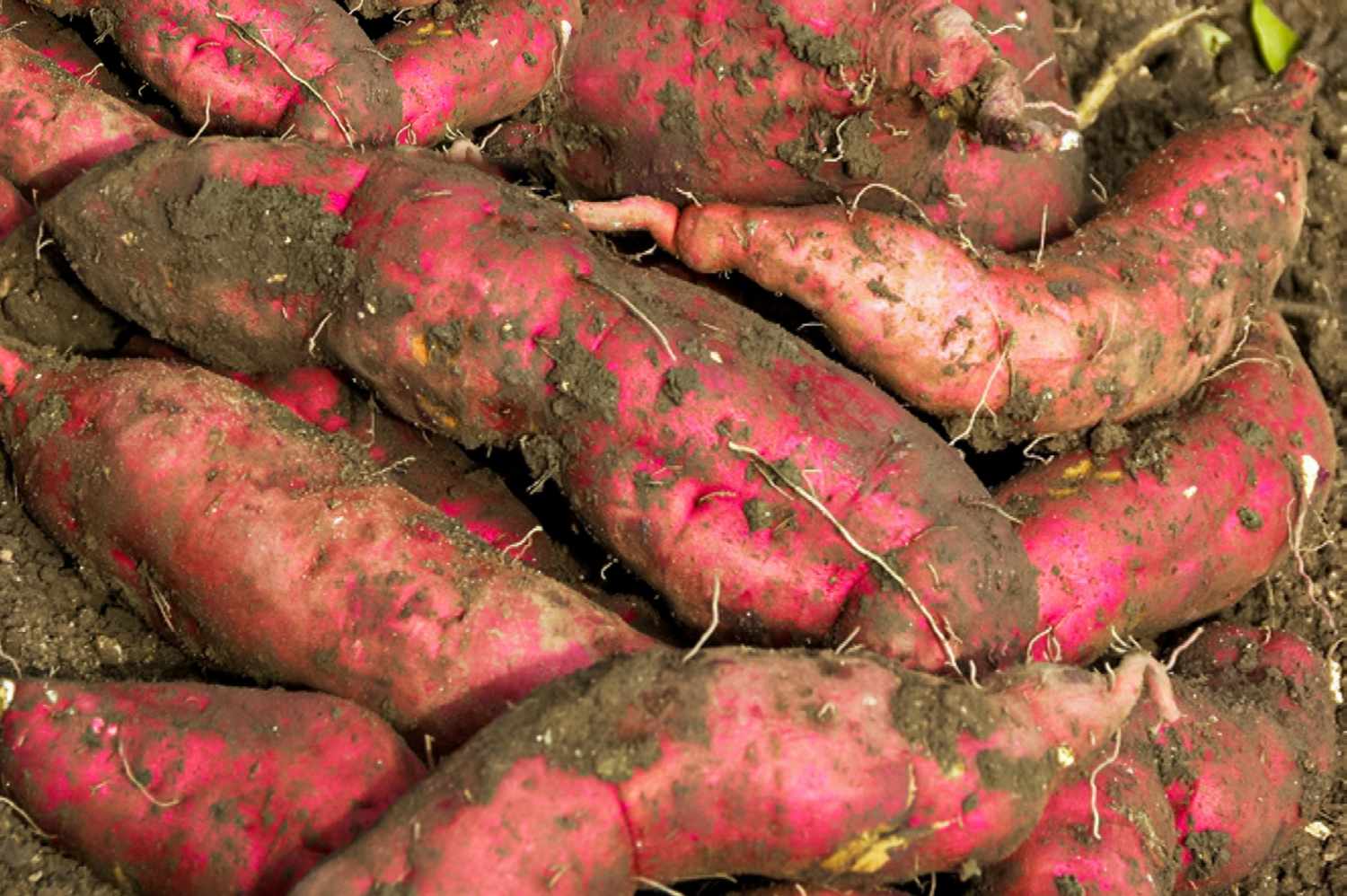
Credit: www.thespruce.com
Common Mistakes to Avoid
Even experienced gardeners make mistakes. Here are some common ones:
- Planting too early in cool soil.
- Overwatering the plants.
- Not using enough space between plants.
Avoid these mistakes for a better crop.
Conclusion
Growing sweet potatoes is rewarding. They are healthy and delicious. Follow these tips to grow your own. Start with the right variety. Prepare the soil well. Water and care for them properly. Before you know it, you will have tasty sweet potatoes to enjoy!

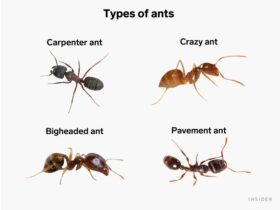




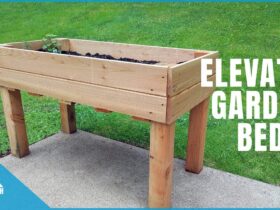




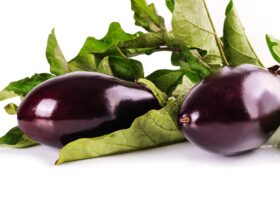

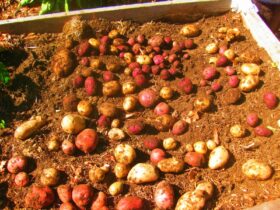


Leave a Review